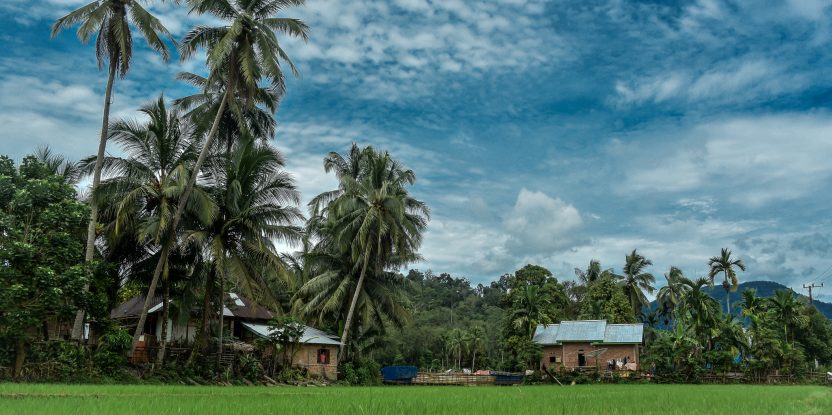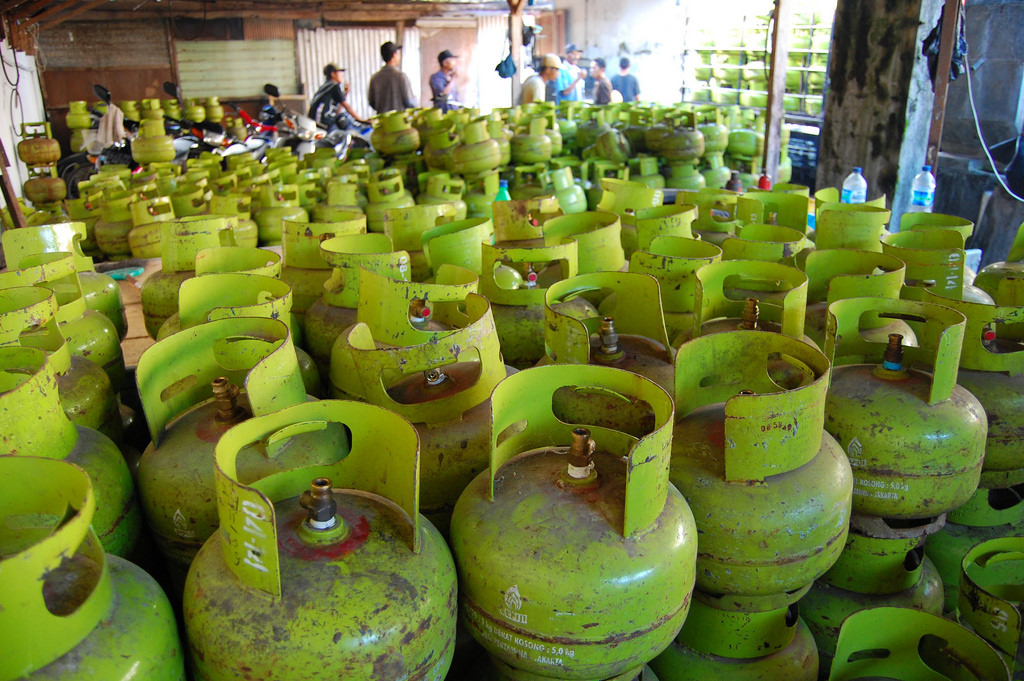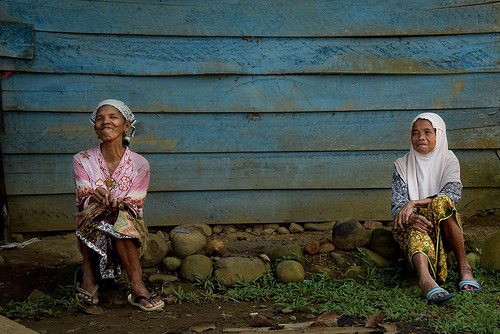
After its introduction in Indonesia more than five years ago, REDD+, originally conceived as a carbon emissions reduction scheme has undergone a range of transformations, evolving from a market-based mechanism to one with a greater focus on non-monetary benefits for communities and their forests.
The latest innovation in the implementation of REDD+ in Indonesia is the long-awaited establishment of a Public Service Unit, or BLU — an entity that will serve as a funding mechanism for projects related to climate change and environmental issues, which will include the mandate to fund REDD+ projects.
But what about other fundamental aspects of REDD+, like benefit-sharing and safeguard mechanisms? And what lessons can be drawn from past and ongoing REDD+ pilot projects across Indonesia?
On the sidelines of a recent national-level discussion in Jakarta, Forests News spoke to Shintia Arwida, a Scientist from the Center for International Forestry Research (CIFOR) on the latest developments.
What types of benefit-sharing are included under REDD+?
There are two types of benefit-sharing in the context of REDD+: financial and in-kind. The second type is more commonly implemented in pilot projects in Indonesia. In this type of scheme, the community receives benefits in the form of community development assistance, such as by having roads and bridges built.
One of the reasons for the use of in-kind benefit-sharing is because the REDD+ project cycle is long, sometimes taking up to around 30 years before carbon credits can be calculated and paid. So, upfront payments in the form of in-kind benefits are mostly used to give incentives and/or immediate benefits to local communities to ensure they are willing to join REDD+ activities.
Another reason why in-kind benefits are preferred by communities is because in terms of money, the amount for a community becomes small once it is distributed per family. Systems to support performance-based benefit-sharing have also not yet been fully established, so it is unclear what benefits could accrue to a private investor from a REDD+ project in Indonesia.
How do you explain REDD+ benefit-sharing to communities?
There are a number of layers of stakeholders involved in REDD+ projects. When we talk to a community, it can be a bit awkward … we have to be creative in explaining it. Carbon is an abstract and complex issue. From my past experience in a number of projects, it is not easy to talk about carbon and emissions reduction. We have to frame it as simply as possible, in a way that touches people’s lives, such as talking about the role of trees, how they generate good air and improve soil condition. This makes it easier for the community to picture.
When we deal with the government, it’s different. Since 2012, the government had stated that REDD+ is focused beyond carbon. We talk about issues such as enabling justice and equity, and livelihoods, that other aspects that are included in that.
What is the difference between benefit-sharing under REDD+ and social forestry?
There are a number of community forestry schemes, for instance under the classification of community forest (hutan kemasyarakatan) and under partnerships, like the ones established with state-owned company Perhutani.
In the latter scheme, for example, in a resin or teak plantation, they will divide the income that comes from the harvest. Under a community forestry model, the benefits are more tangible: in the form of shares from the sale of forest commodities. Under REDD+, benefits are in the form of financial gains from carbon markets. From a community’s perspective, REDD+ is more intangible, or abstract. They know that they will not receive payments at every harvest, as they would expect under a community forestry scheme.”
How do people receive benefits under a REDD+ scheme?
When REDD+ was developed early on, MoEF (the Ministry of Environment and Forestry) issued a regulation, a ministerial decree, that listed percentages of the amount of benefits to be shared among stakeholders, government, community and project developers. This was the Ministry of Forestry Decree No. 36/2009 on procedures for the utilization of carbon sequestration and/or storage in production forest and conservation forests. This decree is soon to be revisited, as the MoEF is preparing a new regulation regarding REDD+ carbon credits.
How are conditions different now?
From the beginning, the idea was that carbon under REDD+ schemes could be sold internationally. Now, REDD+ projects need to prioritize the country’s NDC (Nationally Determined Contribution to the Paris Agreement). So what will happen to communities that had started planting with the hopes of receiving financial benefits? What about companies that had signed contracts? We have no further information on this yet.
What is the role of safeguards in REDD+ projects?
Benefit-sharing and safeguards are closely related. Under REDD+, one of the fundamental requirements is free, prior and informed consent (FPIC). The community has to be aware, understand and willing, that is the essence of FPIC. After that, they will be able to access REDD+ benefits.
Let’s say, for example, before a REDD+ project begins, we only meet with the village leaders, while later when the project is implemented all members of the community are affected. There may be the case where people may not be allowed to go where they previously were free to go, to the village forest, for example.
So, there must be a way to ensure that the community understands. Otherwise, when they are not well informed, projects will lose out, and when benefits arrive there will be ‘elite capture’, where only a small group of elites in the community will receive benefits.
What kind of safeguards are available for REDD+ projects?
The MoEF developed SIS-REDD+, a safeguard information system for REDD+. SIS-REDD+ is projected to be a system that will host several safeguards which are developed in Indonesia, like a ‘one stop shop’ for safeguards.
When the system was developed, MoEF assessed a number of existing safeguards, such as AMDAL, LEI, SVLK, HCVF, etc., that were developed by a number of other organizations. All of these safeguards can be accessed under SIS-REDD+.
When organizations such as the World Bank developed safeguards, these were intended to assist in auditing REDD+ pilot projects that they fund. When the former REDD+ Agency designed its version, PRISAI, the idea was to link it to the funding instrument, FREDDI.
Is the REDD+ mechanism far from ready?
Not really, the key is the BLU, the funding entity, that will later host and distribute all funds. The idea is that all funds related to climate change will be managed through the BLU.
We are waiting for the Government Regulation on Environmental Economic Instruments, which is waiting for the endorsements of related ministries and government agencies. The BLU will be managed by the MoEF in collaboration with Ministry of Finance, and from there it will be linked to the safeguard mechanism.
We want you to share Forests News content, which is licensed under Creative Commons Attribution-NonCommercial-ShareAlike 4.0 International (CC BY-NC-SA 4.0). This means you are free to redistribute our material for non-commercial purposes. All we ask is that you give Forests News appropriate credit and link to the original Forests News content, indicate if changes were made, and distribute your contributions under the same Creative Commons license. You must notify Forests News if you repost, reprint or reuse our materials by contacting forestsnews@cifor-icraf.org.

